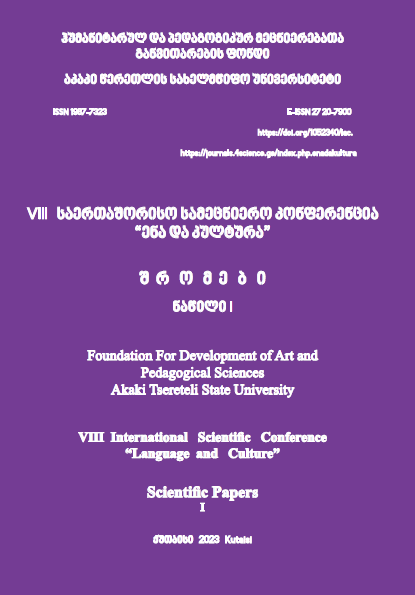Church Slavonic Language in the Culture of the Inhabitants of the Eastern Outskirts of Poland
DOI:
https://doi.org/10.52340/lac.2023.08.33Abstract
In our presentation, we attempt to demonstrate the influence of the Church Slavonic languages on the development of some elements of the material and spiritual culture of Białystok and its vicinity. The Old Church Slavonic language is the oldest literary language of the Slavs, and one of the monuments of this language is found in 1823 in the Basilian monastery in Supraśl near Białystok, dating from the 11th century. Codex, called "Supraski". In conclusion, we would like to remind you that the Church Slavonic language is a vegetating language, but there are educational groups in the Bialystok region that organize reading and singing courses. It is also used to this day as the language of the liturgy of the Orthodox Church, which unites Orthodox believers in Podlasie.
Downloads
References
T. Leher-Spławiński, Żywoty Konstantyna i Metodego (obszerne), Poznań 1959 r.
Józef Maroszek, Klasztory Podlasia źródłem kultury i świadomości narodowej, Regionalny Ośrodek Studiów i Ochrony Środowiska Kulturowego w Białymstoku 1995 r.
Antoni Mironowicz, Supraśl jako ośrodek kulturalno-religijny. Leimen, 1984.
https://festiwal.cerkiew.pl/ [28.01.2023]
http://ikonyzpodlasia.pl/o-mnie/ [16.02.2023]









